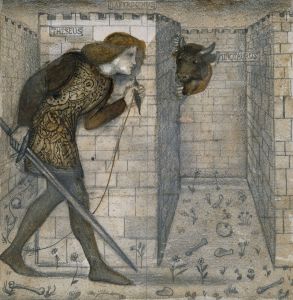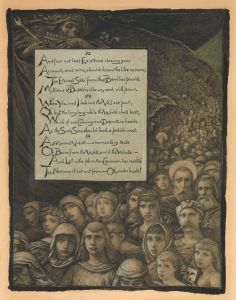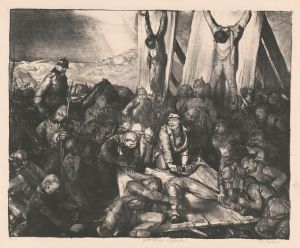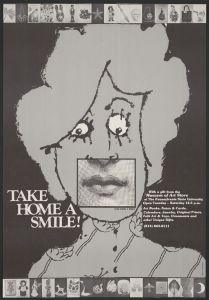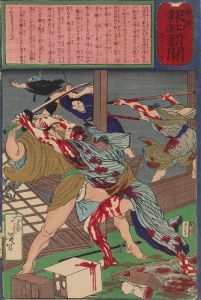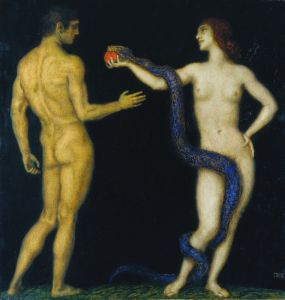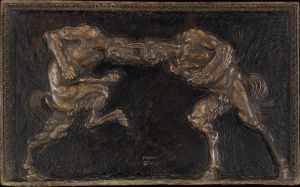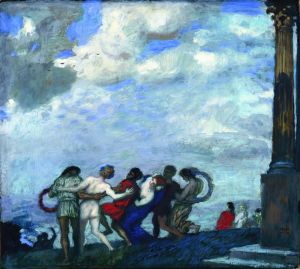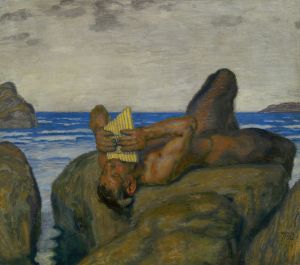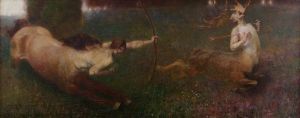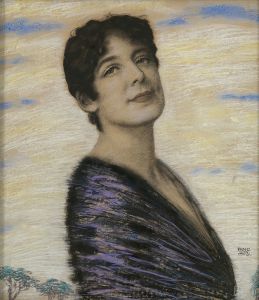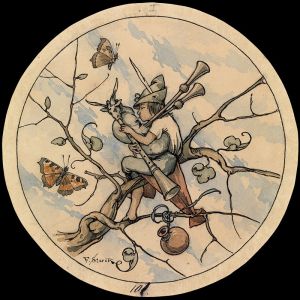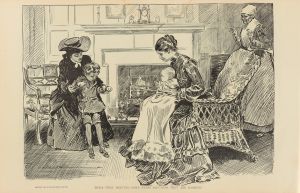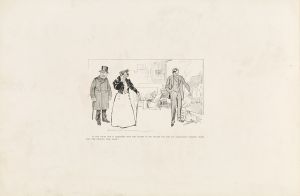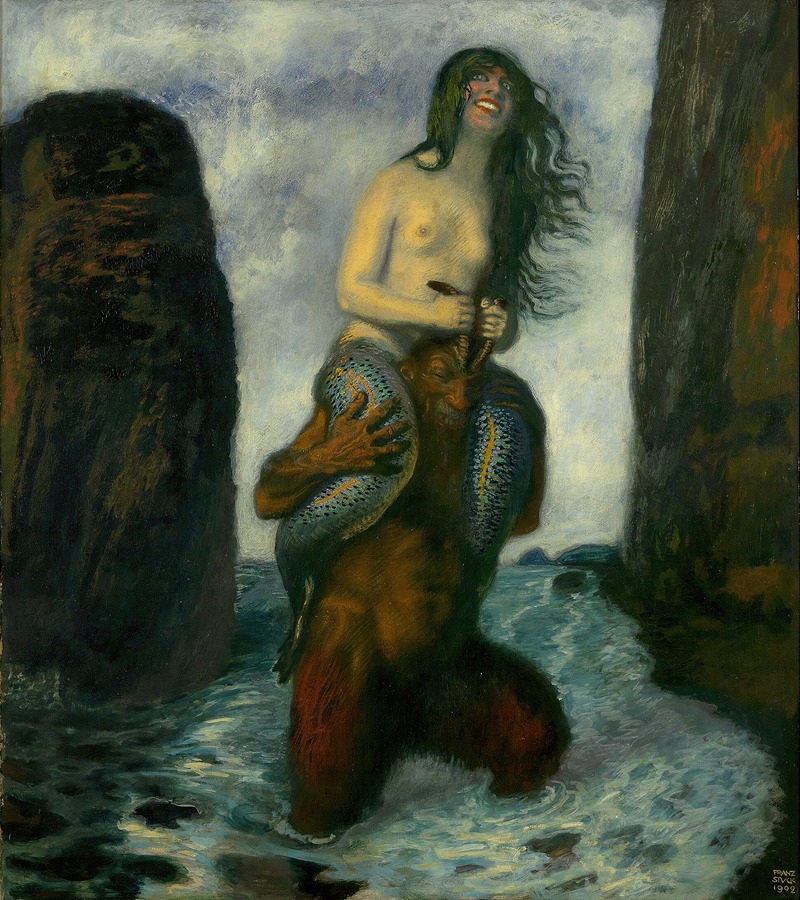
Faun und Nixe
A hand-painted replica of Franz von Stuck’s masterpiece Faun und Nixe, meticulously crafted by professional artists to capture the true essence of the original. Each piece is created with museum-quality canvas and rare mineral pigments, carefully painted by experienced artists with delicate brushstrokes and rich, layered colors to perfectly recreate the texture of the original artwork. Unlike machine-printed reproductions, this hand-painted version brings the painting to life, infused with the artist’s emotions and skill in every stroke. Whether for personal collection or home decoration, it instantly elevates the artistic atmosphere of any space.
"Faun und Nixe" (Faun and Nymph) is a painting created by the German artist Franz von Stuck in 1920. Stuck, a prominent figure in the Symbolist movement, was known for his mythological and allegorical subjects, often imbued with a sense of mysticism and eroticism. This particular work exemplifies his fascination with classical mythology and the human form.
The painting depicts a faun, a mythological creature that is part human and part goat, and a nymph, a female nature deity associated with water. The faun is shown in a dominant position, gazing intently at the nymph, who appears to be in a state of repose or submission. The interaction between the two figures is charged with a sense of tension and intimacy, characteristic of Stuck's exploration of the complex dynamics between male and female archetypes.
Franz von Stuck was born on February 23, 1863, in Tettenweis, Bavaria, and he became one of the founding members of the Munich Secession in 1892. The Secession was an art movement that sought to break away from the academic constraints of the time, promoting more modern and innovative approaches to art. Stuck's work often featured dark, moody palettes and dramatic lighting, which can be seen in "Faun und Nixe."
The painting is executed in oil on canvas, a medium that Stuck frequently employed. His technique is meticulous, with a keen attention to detail that enhances the lifelike quality of the figures. The faun's muscular form and the nymph's delicate features are rendered with a high degree of realism, yet the overall composition retains a dreamlike, almost otherworldly quality.
"Faun und Nixe" is part of the collection at the Städtische Galerie im Lenbachhaus in Munich, Germany. The Lenbachhaus is renowned for its extensive collection of works by artists associated with the Munich Secession, as well as its holdings of Blue Rider (Der Blaue Reiter) works. Stuck's painting is an important piece within this collection, illustrating his significant contribution to the Symbolist movement and his influence on subsequent generations of artists.
Throughout his career, Franz von Stuck received numerous accolades and held prestigious positions, including a professorship at the Academy of Fine Arts in Munich. His influence extended beyond painting to architecture and design, as seen in his Villa Stuck, which he designed and decorated himself. The villa, now a museum, houses many of his works and provides insight into his artistic vision and lifestyle.
"Faun und Nixe" remains a compelling example of Stuck's ability to blend classical themes with a modern sensibility, creating works that continue to captivate and provoke thought. The painting's exploration of mythological subjects and its evocative portrayal of the human form are hallmarks of Stuck's oeuvre, securing his place as a pivotal figure in the history of modern art.





